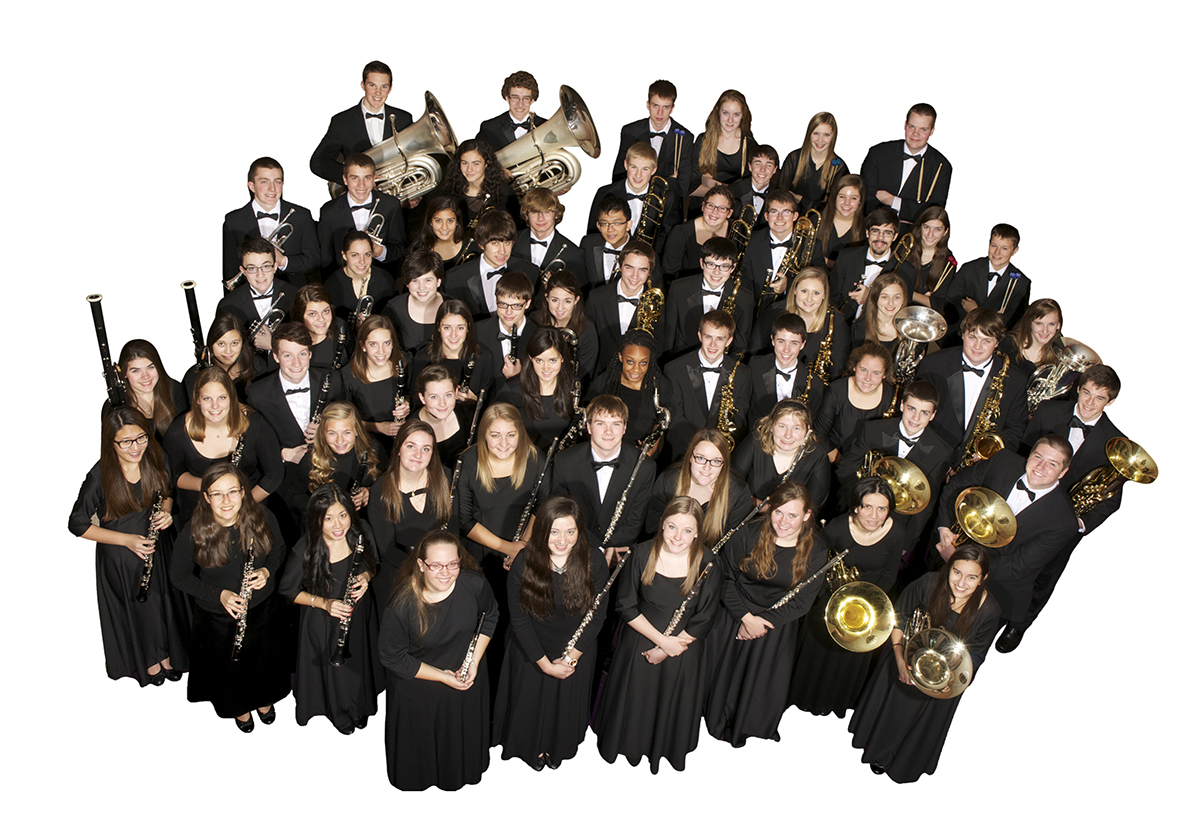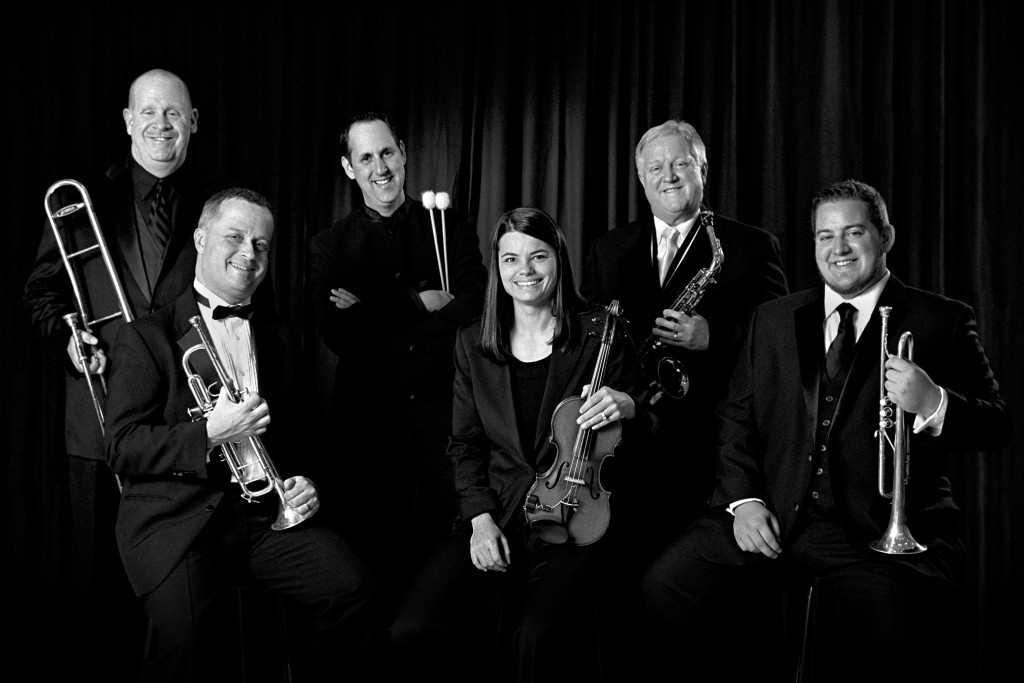Community High School District 99 and Bob Rogers Travel Present “New York Nouveau”
Downers Grove North High School Symphonic Band and Wind Ensemble: William S. Miller, Jennifer Mullen, Brayer Teague, conductors
Downers Grove South High School Wind Symphony and Wind Ensemble: Greg Hensel, Craig Roselieb, Glenn Williams, conductors
Guest Artists: Gaudete Brass Quintet; Don Owens, composer/conductor; Peter Wilson, violin
Distinguished Alumni Guest Artists: Kristin A. Bowers, clarinet; Ian Williams, piano; Lauren Wood, saxophone; Hannah Young, harp
Stern Auditorium at Carnegie Hall, New York, NY
March 2, 2015
There’s an old saying in show business: “Always leave them wanting more.” It would be hard to imagine any “more” after the three-and-a-half hour epic concert presented by the symphonic bands and wind ensembles of the two high schools in Downers Grove, Illinois. There were twenty-one pieces (some quite lengthy), seven conductors, and six soloists.
I deeply admire and respect the commitment of the school board to music education, as represented by these enthusiastic young players, as well as the parent, teacher, and community support that keeps them going. A concert in legendary Carnegie Hall is truly a crowning accomplishment that many will remember for the rest of their lives.
That said, the program was not well-structured, and was way too long—it could easily have been pared down by at least an hour-and-a-half, with more selectivity. “New York Nouveau” celebrated music with unique ties to the Big Apple. Highlights included a world premiere of a commissioned work by American composer Don Owens (Concerto for Brass Quintet and Wind Ensemble), a New York premiere of Black Dog, featuring Kristin Bowers of the United States Air Force Band of Washington, D.C., and the original version of George Gershwin’s Rhapsody in Blue, as premiered in New York by the Paul Whiteman and His Orchestra in 1924.
The school ensembles were led by their respective conductors (three from each high school), who excelled in bringing dynamic nuance and contrast to marches that are often just raced through. Other matters, such as bloopers, and fuzzy rhythm plagued the symphonic-sized groups more than the leaner wind ensembles, particularly in arrangements like that of the Finale from Dvořak’s Symphony No. 9 “From the New World.” Moving one of these bands around, musically, must be like turning a large ocean liner: it doesn’t happen swiftly. The excellent violin soloist, Peter Wilson, had trouble getting group and conductor to follow his impetuous tempi in Henri Vieuxtemp’s old chestnut, Souvenir d’Amérique, which is really a set of virtuoso variations on “Yankee Doodle.”
The French word for the musical off-beat is contretemps, which is also the word for an argument. The off-beats in many of the arrangements may have caused many an argument, as they furnished the principal locus for coming-to-grief in otherwise energetic interpretations.
Saxophonist Lauren Wood showed great flair in the celebrated Harlem Nocturne by Earle Hagen. The Gaudete (Latin for rejoice) Brass Quintet was gleaming and precise in the most “modern sounding” work of the evening, the world premiere of Don Owens’ Concerto. They performed the aptly-titled first movement: Rejoice! A New York premiere of Scott McAllister’s Black Dog for clarinet (the superb Kristin A. Bowers) and harp and wind ensemble revealed a really good piece based on the Led Zeppelin song.
Other highlights were the “classic” marches, whether by Sousa ( Manhattan Beach March from 1893) or Sousa-followers—Karl King’s Torch of Liberty (1942), Thomas Allen’s Whip and Spur March (1902), and Otto H. Jacobs The Aviation Cadet March (1944).
The concert concluded with a war-horse that should have been more enjoyable than it turned out to be, perhaps because of the extreme length of the preceding concert: Gershwin’s evergreen Rhapsody in Blue in its original jazz band instrumentation, with piano soloist Ian Williams and players made up of students, alumni, and every member of the music faculty. Maybe it should have been called the Gershwin/Williams Rhapsody, for Mr. Williams exhibited immense rhythmic and tempo waywardness that went far beyond rubato, and he embellished many of Gershwin’s lines with jazz-inspired improvisatory filigree that didn’t really enhance the strong clean lines of the original. Let us recall that Gershwin himself made a piano roll of the part, and it is very swingy, but quite classically restrained in style. On the positive side, Mr. Williams did make the work sound very personal, his own, difficult to do with such iconic music. Nevertheless, Mr. Williams successfully performed on the main stage of Carnegie Hall, as did all these young musicians.
May their achievement be multiplied many times over, all across America. It is so important to present and hear such inspiring success stories when the “voices of doom” continually renew their prophecies of cuts in the arts, decline of interest in art music, and the like. Bravo.


